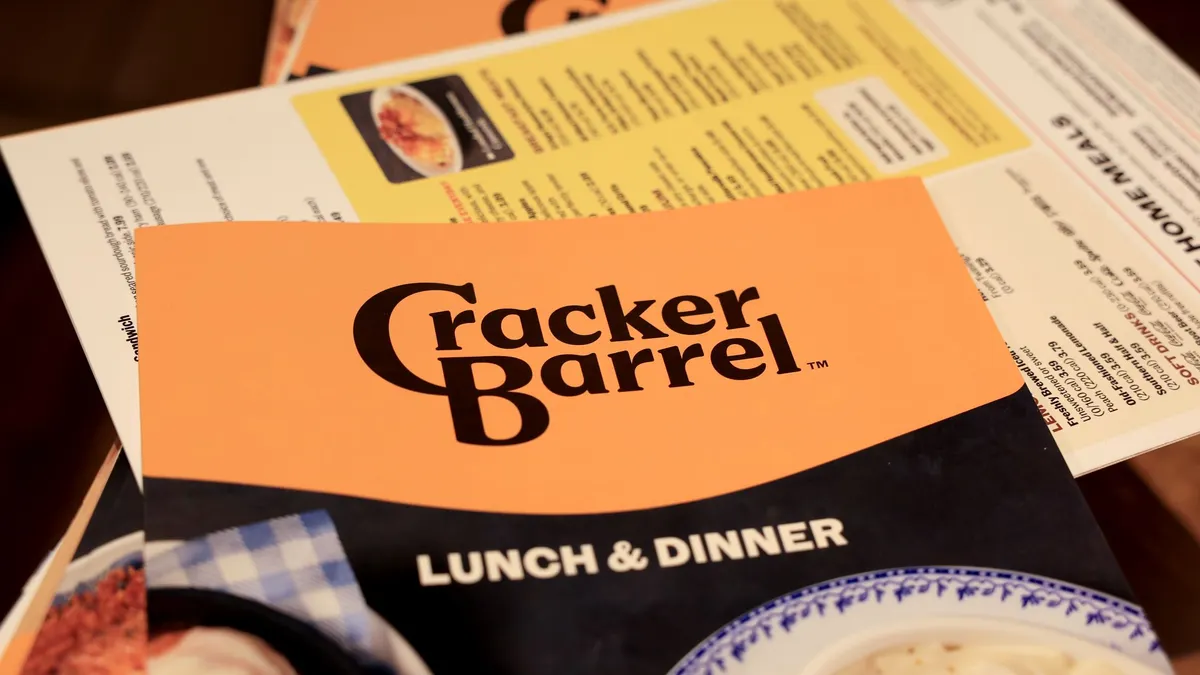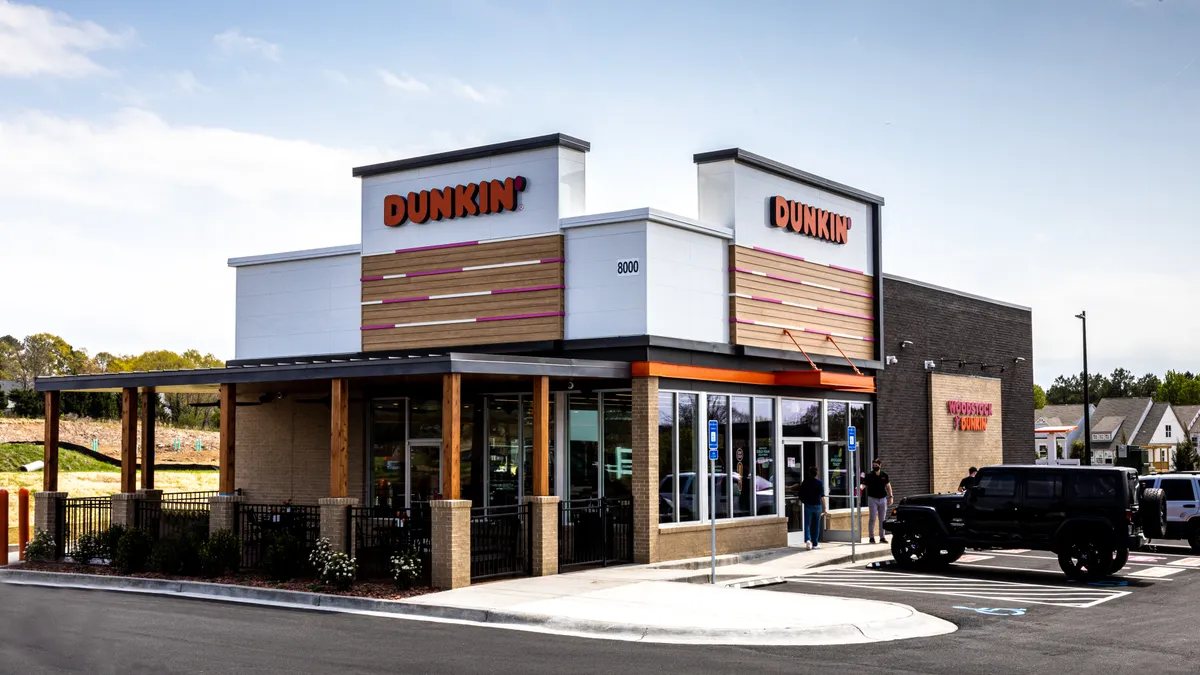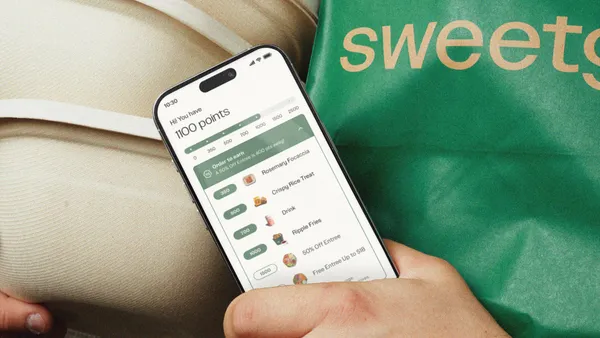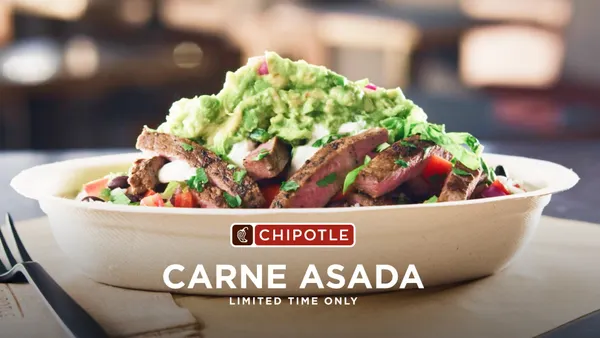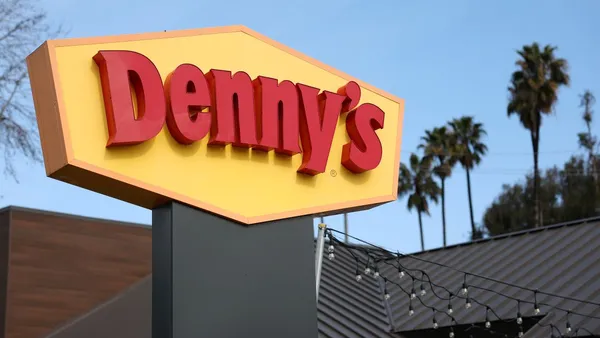The following is a guest post written by Jon Shapiro, chief creative officer of brand experience at PV&COHO.
Cracker Barrel’s recent rebrand was a textbook example of how good intentions and clean design can still miss the mark. In an effort to modernize, the brand stripped away the very elements that made it emotionally resonant to its core audience. The backlash was swift. The reversal, even swifter. And the lesson? If you don’t protect your brand’s core essence, you can turn your brand into a soulless “bland.”
The brand misses the mark
Let’s be clear. The brand needed to evolve to remain relevant, especially to attract younger, more urban and digitally native audiences. The new identity is cleaner, more minimal, performs well in small-scale and in digital applications like social avatars or app icons. The refinement of the typography was also done thoughtfully; the familiar “CB” lockup is still very recognizable. These are usually good design choices. But making design shifts without strategic grounding is never a good idea.
What rocked the chair?
Cracker Barrel skipped the most critical step: They didn’t ask their core brand users what mattered. They didn’t validate the emotional equities that define the brand. Instead, they simplified, they sanitized, and they lost the soul of the brand.
If they would have done equity research, they would have discovered that Cracker Barrel’s loyal core consumers skew older, suburban and rural. For them, Cracker Barrel is more than a restaurant. It’s an escape to a nostalgic version of Americana, evoking general stores of a bygone era. The new design stripped away too much of that spirit.
The removal of Uncle Herschel may be the biggest redesign misstep. To many loyal guests, he was a symbol of rural Americana. He was the warmth that anchored the brand’s identity. Dropping him placed Cracker Barrel in the same category as Aunt Jemima and Land O’Lakes — brands that erased beloved icons without understanding the emotional cost. And Uncle Herschel didn’t carry the same controversy and baggage. He carried connection and comfort. And Cracker Barrel tossed that connection aside without a second thought, or a single test. Removing him didn’t help the brand. It gutted it.
If the logo was a stumble, the packaging was a full-on detour. Cracker Barrel’s retail products are an extension of the in-store experience, which was designed to feel like stepping into a rural general store. The previous packaging, while not perfect, supported that experience with old-fashioned design cues. The new packaging abandons that sensibility entirely. It doesn’t evoke 1870s Americana. It feels more like a generic supermarket brand from the 1970s. Even though 1970 is nostalgic to many of us, it’s not the type of nostalgia that made Cracker Barrel unique.
A crack in the barrel
What was the fallout? A $100 million market hit in less than 24 hours. Not because of a supply chain issue. Not because of earnings. Because of an untested rebrand. The brand became a punchline. Politicians weighed in. Consumers revolted. This wasn’t just a misstep. It was an implosion.
The agency responsible for the redesign has not been publicly named. But internal commentary and external reaction suggest they were overly compliant. They most likely did exactly what was asked, but by doing so, they didn’t speak truth to power. They didn’t challenge assumptions. They didn’t test. And they didn’t protect the brand and what it meant to CB’s loyal guests.
The moral of the story
In a polarized, fast-changing world, brands must evolve to stay relevant. But evolution must be grounded in strategy and authenticity.
Key takeaways for any brand considering a refresh:
- Start with research. Engage core and growth audiences to understand what they value about your brand and which equities to protect, evolve or retire.
- Define your brand DNA. Clarify your values, voice and personality traits so every decision reflects who you are and who you want to become.
- Filter creative through strategy. Make sure design choices serve the strategy, not just design trends.
- Test with your audiences. Validate concepts with both loyalists and new audiences to ensure the changes resonate across segments.
- Leverage packaging as a storytelling tool. Packaging is more than a container. It’s a tactile brand touchpoint that should connect emotionally and reinforce the brand narrative.
Lastly, brand managers shouldn’t fear change. But they must ensure change amplifies their essence, not erases it.


